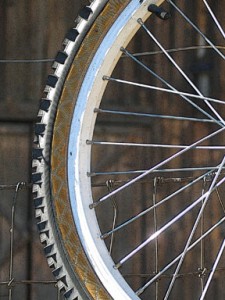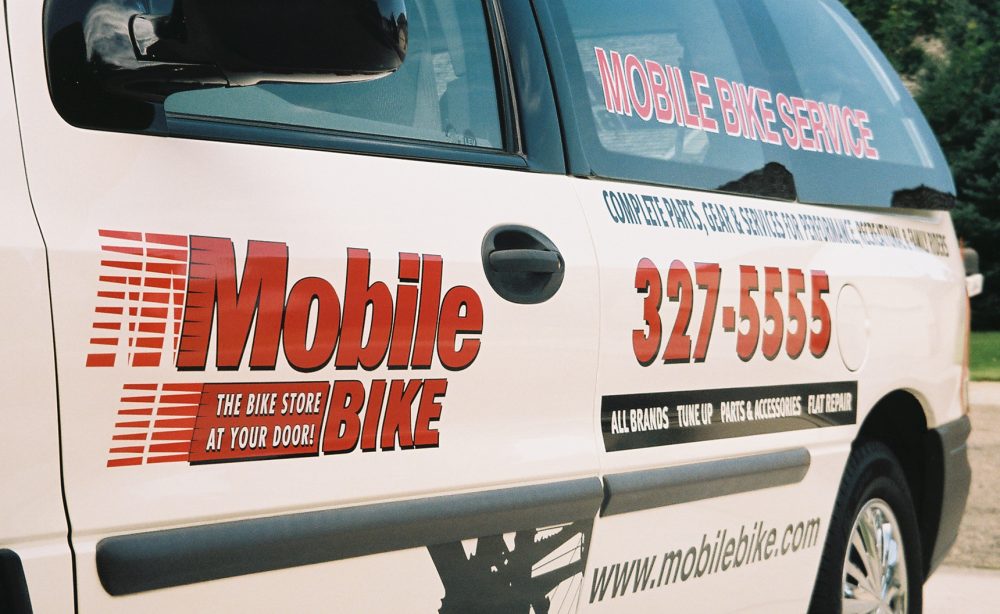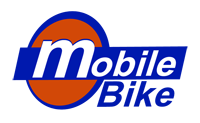Flat Prevention
The best way to reduce flats is to try and avoid sharp objects whenever you can. Flat prevention products such as tire liners, tube or tire sealant and thorn resistant tubes and tires can help prevent flats. These flat prevention products combined together provide an effective barrier against most kinds of hazards in the area.
There are several different types of tire sealant out on the market, with pro and cons to each product. For example, some are more prone to clog the air valve and while others require more maintenance. One of the most popular sealants is the green stuff called Slime which is pumped into the tube and tubeless tires have their own unique version of sealants such as Stan’s No Tubes; information contained in this article is mainly for tires with tubes.
Most sealant products loose some of their effectiveness in a year or so and need to be replaced or refreshed to maintain effectiveness; check with the manufacturer of the product you are using. The sealant may not stop the leaks completely and over time you may have an accumulation of many slow leaks. Then it is best to change out the tube or sealant and start fresh; using tire liners can help avoid getting punctures and slow leaks.

Tire liners are usually made of a durable Polymer which is flexible and goes around the tube. They provide a protective shield that resists initial impact of sharp objects. They are lite weight and effective against Goatheads and other common road debris and when installed correctly offer a formidable barrier.
They add some spin weight, but for most people the benefits are worth it. They may also protect your tube in the event of a tread failure in the tire. Some types of flats (pinch flats) are caused by low tire pressure and you always want to check your tires before you head out.
Correct tube size is important in effectiveness of tire sealant, use a 26 X 2.125 tube for most standard mountain bike tires. If you use an undersized tube on standard sized tire it will be more stretched when inflated and may lessen effectiveness of sealant. Also, an undersized tube is more likely to tear under certain conditions.
Some of the drawbacks of tire sealant are: it can also make a big mess if the tube rips, it can make patching a tube a challenge and it can clog up the valve stem and cause a leak at the stem. If you use a tire sealant, keep an eye on the valve core and remove it occasionally to clean it. Whether you use tubes or tubeless always carry a spare tube and pump just in case; it may save a long walk back.
With all these potential problems why would any one use tire sealant? Because most of the time it works like magic–you run over an object and hear the sound of air escaping, and as you spin the wheel it seals itself up. It’s a great feeling and happens often enough to keep us buying the stuff.
The key is to have a good tube & tire, fresh sealant and a good pump; and then spin the wheel until it seals itself- you may have to spin it for several minutes! If you run over certain larger size objects or too many Goatheads at one time, tube sealant alone may not be effective and may leave you wishing you had more protection against flats.
A thorn resistant tube is a lot more robust and much thicker on the outside verses a standard tube, most small objects will not penetrate the heavy duty extra thick tubes. The tubes are also thicker all the way around which can help prevent flats from spokes, rim imperfections and riding your bike with low air pressure.
Thorn resistant tubes and tires rely on thickness and strength to defeat sharp objects. The drawback is they add a lot of spin weight and have a less lively feel when riding. Some tires have a special Kevlar fabric on the outside of the tire to lower weight and add durability against flats.
In addition, don’t wait until the threads are showing before replacing your tires. You are more likely to get flats during the last 25% of tire wear due to a reduction in tread thickness, accumulation of sharp objects in tire and weakening of the tire casing over time.
208-327-5555 Contact Us
Serving Boise and Meridian Since 2003


